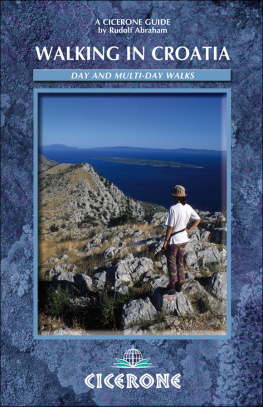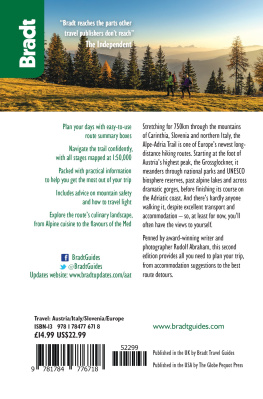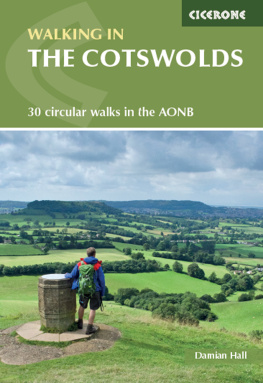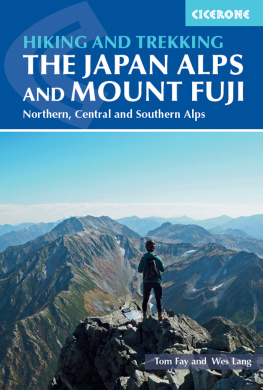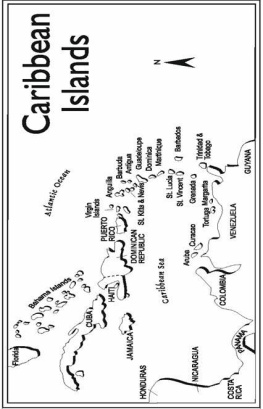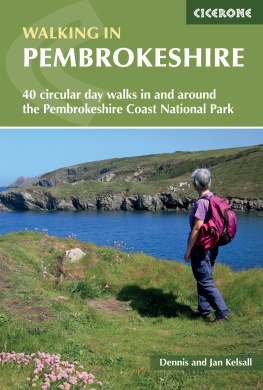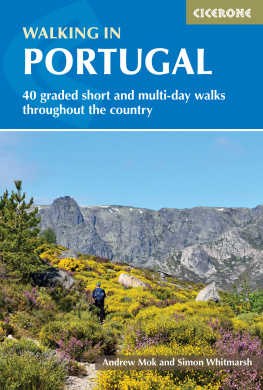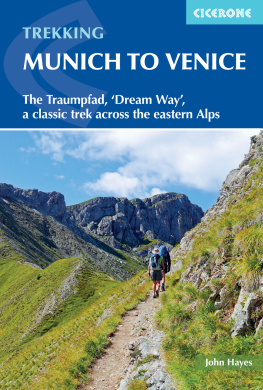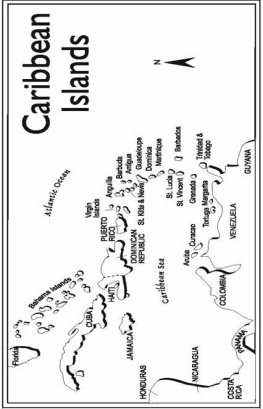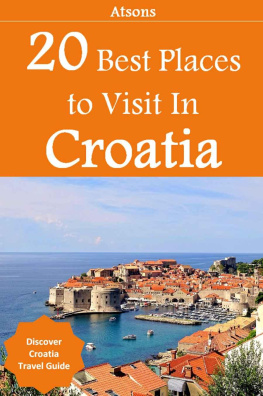
Since its foundation 40 years ago, Cicerone has specialised in publishing guidebooks and has built a reputation for quality and reliability. It now publishes nearly 300 guides to the major destinations for outdoor enthusiasts, including Europe, UK and the rest of the world.
Written by leading and committed specialists, Cicerone guides are recognised as the most authoritative. They are full of information, maps and illustrations so that the user can plan and complete a successful and safe trip or expedition be it a long face climb, a walk over Lakeland fells, an alpine cycling tour, a Himalayan trek or a ramble in the countryside.
With a thorough introduction to assist planning, clear diagrams, maps and colour photographs to illustrate the terrain and route, and accurate and detailed text, Cicerone guides are designed for ease of use and access to the information.
If the facts on the ground change, or there is any aspect of a guide that you think we can improve, we are always delighted to hear from you.
Cicerone Press
2 Police Square Milnthorpe Cumbria LA7 7PY
Tel: 015395 62069 Fax: 015395 63417

APPENDIX A
Exploring Further
The routes in this book cover most, but not all of the mountain areas in Croatia, and have been selected as the most representative and impressive routes the country has to offer. However, a number of other areas may be of interest to those with enough time to see more of the country.
Dinara
As the highest mountain in Croatia, Dinara (1831m) may seem conspicuous by its absence from this guide. The main reason for its omission is the continued presence of landmines in the area; and although numerous Croatian hikers now head for the summit every year on marked trails which are perfectly safe, it cannot be commended with the same enthusiasm as Velebit or Gorski kotar. For those who do want to climb Dinara, it is important to stick to marked trails, and carry a decent map (SMAND Dinara 40). Start from Glava, near Kijevo SE of Knin, allowing at least 6hrs for the climb.
Omi Dinara
Omi Dinara (863m) is a peak above the town of Omi, by the river Cetina gorge some 20km south of Split. The route heads up from the centre of town, first on a road then steps which eventually become a steepish path with occasional, very faint trail markings. Its a rather less pleasant walk than expected, with little shade and (at least on my last visit) large amounts of litter.
Vransko jezero
Vransko jezero nature park ( www.vransko-jezero.hr ), containing the largest natural lake in Croatia, is an important area for birdlife, and contains a number of the educational trails although the latter are not particularly well marked. The park entrance is between Zadar and ibenik.
Kamenjak, Rab
The island of Rab is clearly visible as you climb up the path to Zavian in northern Velebit (), and its highest point, Kamenjak (409m), makes a worthwhile excursion. The trail heads up from the town of Rab itself, through the villages of Barii (on the road between Rab and Lopar) and Pahlinii, then across country. Good views of Goli Otok and northern Velebit beyond. This is one of the few islands for which SMAND publish a sheet, Otok Rab (20a).
Obzova, Krk
From Baka (famous for its Glagolitic tablet) on the island of Krk, its possible to climb Obzova (568m) and Hlam (461m). For Obzova head NW from Baka passing the village of Batomalj and the church of Sv Majka Boe; for Hlam head N from Baka.
Kornati Islands
The Kornati Islands National Park ( www.kornati.hr ) form one of the most heavily indented parts of the Mediterranean. Numbering around 140 (depending on who is counting them), including various islets and reefs, and scattered over an area of some 300km2, they take their name from the largest island in the group, Kornat. After visiting the islands George Bernard Shaw wrote that, on the final day of Creation, God wished to crown his oeuvre, and from a mixture of tears, stars and wind created the Kornati Islands. A number of companies in Zadar offer boat tours of the Kornati islands; private accommodation can also be booked on some of the islands.
Brijuni Islands
The Brijuni Islands National Park ( www.briuni.hr ) were established as an AustroHungarian health resort at the close of 19th century, and later became the private residence of Tito, who introduced various exotic plants and animals to the islands. There are also Roman ruins here. The islands provide a pleasant enough day trip from the Istrian coast, with boat trips departing from Faana near Pula.
APPENDIX B
Hut Details
PD = planinarski dom (mountain hut); Pl. kua = planinarska kua (mountain hut); sklonite = shelter; PDS = Planinarsko drutvo sveualita (hiking club); HPD = Hrvatsko planinarsko drutvo (Croatian Mountaineering Committee); HPS = Hrvatski planinarski savez (Croatian Mountaineering Association); NP = national park See the notes on Accommodation in the Introduction for an explanation of the difference between dom, kua and sklonite. Some huts offer cooked meals, but this varies depending on time of week and season, and (particularly in more remote areas) cannot always be relied on.






* This remains an approximate figure in smaller huts and sklonite, which typically have mattresses in communal sleeping areas.
** Unless otherwise specified, sklonite are open all year.
The above list covers only those huts and shelters relevant to the routes in this guide. For a full list of mountain huts in Croatia see www.plsavez.hr .
APPENDIX C
Contacts and Useful Addresses
Transport
Croatia Airlines: www.croatiaairlines.hr
London Office:
2 The Lanchesters
162164 Fulham Palace Rd London
Tel: 020 8563 0022
Zagreb Office:
Zrinjevac 17 10000, Zagreb
Tel: +385 (0) 1 481 9633
British Airways: www.ba.com
easyJet: www.easyjet.com
Ryanair: www.ryainair.com
Wizz: www.wizzair.com
Jadrolinija:

